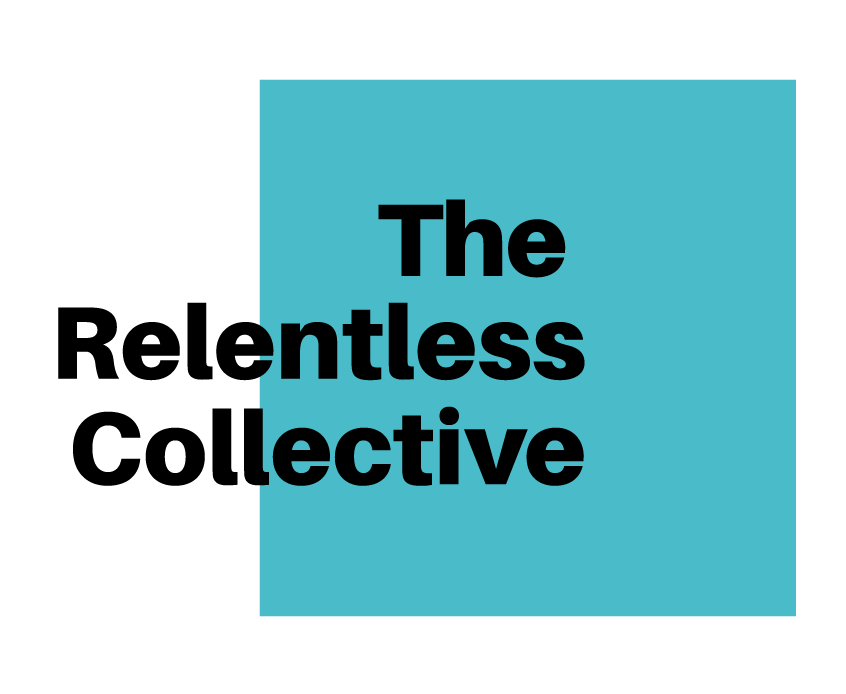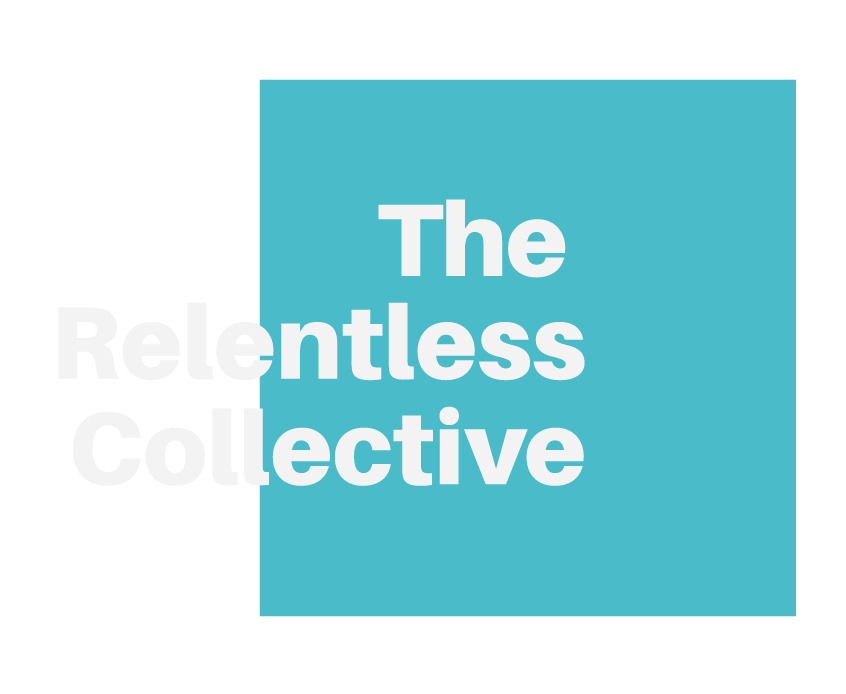
13 Jan 5 ways small PR agencies deliver more value to clients
Public Relations (PR) agencies, at their core, are all about relationships. As with any relationship, being able to trust your partner is key to success. However, over the past few decades, the PR industry has experienced profound challenges and struggled to harness the power of rapidly evolving technologies, digital media, and changes in human behavior. The world is faster, more connected, and more complex than ever before. The old way of doing things no longer work. Our clients expect, and deserve, more.
PR agencies, especially larger firms with entrenched bureaucracies and bloated creative processes, must find ways to become more agile and dynamic while also being more accessible and personal. Trust, after all, is built on a foundation of clear and regular communication with people who are always there when you need them. Smaller PR agencies, with hyper-focused creative teams and leaders dedicated to client success, are poised to lead the future of the PR industry.
Here’s why:
1. Transparency
Transparency begins during qualifying discussions at the beginning of the business relationship and sets the expectations and tone for the collaboration. The parties agree both on what goals need to be fulfilled according to the contract, and – importantly – how those goals will be fulfilled. However, oftentimes, transparency dies once the contract is signed. In fact, with larger PR agencies, the client may not even know who is doing the work detailed in the contract. Though the relationship typically begins with senior leadership representing the working team, what happens after senior leads hand off the work for execution? Who is doing the actual work? Are more junior people now leading the charge ?
Clients, understandably, want to know what – and whom – they are paying for. Is it experienced and talented senior consultants, or maybe employees relatively new in their careers and skills development, or perhaps even freelancers who are self-employed? All of these types of employees provide value and contribute to the make-up of teams, but clients deserve teams that are also balanced in terms of skill level, proficiency, and maturity of mind and talent. With smaller PR agencies, clients are typically introduced to every member of the team and personally meet – over Zoom these days – the people who are dedicated to their success. This level of transparency allows clients to become part of the team dynamic and connect with the actual human beings who will personally represent their agenda and quality of work.
2. Real-Time Pivots
Creative strategies are dynamic living and breathing game plans that – similar to teams competing on a sports field – require the ability to adapt to evolving situations and challenges. Modern society is composed of hyper-connected populations that behave fluidly based on the rapid exchange of information and perceptions. PR agencies must be agile, flexible, and able to bring teams and stakeholders together to address emerging circumstances – positive, negative, and indifferent – to implement changes that leverage knowledge and time in beneficial ways. Real-time pivots are key to capitalizing on opportunities in real-time scenarios.
Larger PR agencies that rely on sprawling teams entrenched in red taped operational processes spread across departments are not always able to react quickly and effectively to developing situations. There are simply too many moving parts to coordinate and align to create a consensus and advance an agenda in an agile fashion.
Smaller PR agencies, when run effectively, however, can immediately summon and organize the people, resources, and processes needed to negotiate fluid situations. Smaller PR agencies also tend to be less dispersed and work within a more centralized creative process and client-focused response strategy.
3. Accountability
The more people involved in a strategic endeavor, the greater the distribution of responsibility. Regardless of how effective some individual leaders are, if they are mired in a heavy bureaucratic hierarchy of job titles and competing personal ambitions and agendas, it’s nearly impossible to lead effectively. Traditional power structures found in most larger agencies create a competitive atmosphere where human beings are more inclined to defend their status and job security. This changes their relationship to responsibility and their enthusiasm for being held accountable for the work – particularly work that underperforms – of other people.
Smaller PR agencies naturally have a greater sense of shared responsibility as everyone is in the same boat and is committed to the same destiny. Working together becomes an internal cultural trait that creates a spectrum of value and benefits for everyone involved, most importantly the client. Leaders of smaller PR agencies are by default the face and representation of the work of their team, and that level of accountability frees up the rest of the team to think creatively, take chances, and offer clients unique and innovative approaches to their particular goals. Smaller PR agencies offer a transparent and accessible level of accountability as the leadership is charged with the success, and well-being, of their internal teams and external client happiness.
4. Holistic Creative Vision
PR teams are composed of various talented and creative people with particular skill sets and ways of working. Communication is imperative to the ideation and execution of successful PR strategies and campaigns. At larger agencies, the key players are often working on several different accounts with different visions and objectives. Multiply those competing interests across dispersed teams and suddenly siloes begin forming around professionals who must compartmentalize their attention, time, and energy in ways that serve independent projects. Holistic approaches to a single account are rare because the uniqueness of clients in larger PR agencies can become lost in the collective volume of work to be done.
Small agencies offer lean, dynamic teams filled with professionals who are skilled at more than one area of communications and who can approach client needs with a more holistic and strategic sensibility. Closely knit, streamlined teams cannot afford inefficient processes and do more with client budgets by being forced to think more cohesively and creatively in achieving goals. These concise teams are also not burdened with juggling competing interests and multiple tasks that ultimately cannibalize each other. Aligning resources and vision across small teams of people results in more focused, powerful, and fruitful PR initiatives.
5. Increased ROI
Large, convoluted processes require large amounts of money to run. In the PR industry, bigger does not always translate into more effective results and better ROI. The PR industry is, in fact, a human industry that relies on very human traits and behaviors fueled by connections, talent, and resourcefulness more than media leverage bought with money. Relationships, innate creativity, and a deep concern for providing clients the most value for their hard-earned money is critical to generating the most ROI out of campaigns. Smaller agencies are lean operations and appreciate the value of money and the mandate to deliver clients the highest ROI possible.
ROI has taken on a new meaning in our post-pandemic and hyper-connected world. The traditional methods of ideating and implementing PR strategies have been profoundly transformed. Data-driven campaigns and smart technologies are enhancing audience engagement through targeted online content and experiences delivered through digital platforms. Small PR agencies, inherently, are early adopters of cost-effective technologies. They are experts at using streamlined solutions to maximize ROI and deliver more value to clients by eliminating inefficient processes and unnecessary work. Efficiency, after all, is a form of transparency, accountability, and acumen. ROI is simply the result of an effective partnership with the right PR agency.
To learn more about how a boutique PR agency can serve your needs, contact us.


No Comments